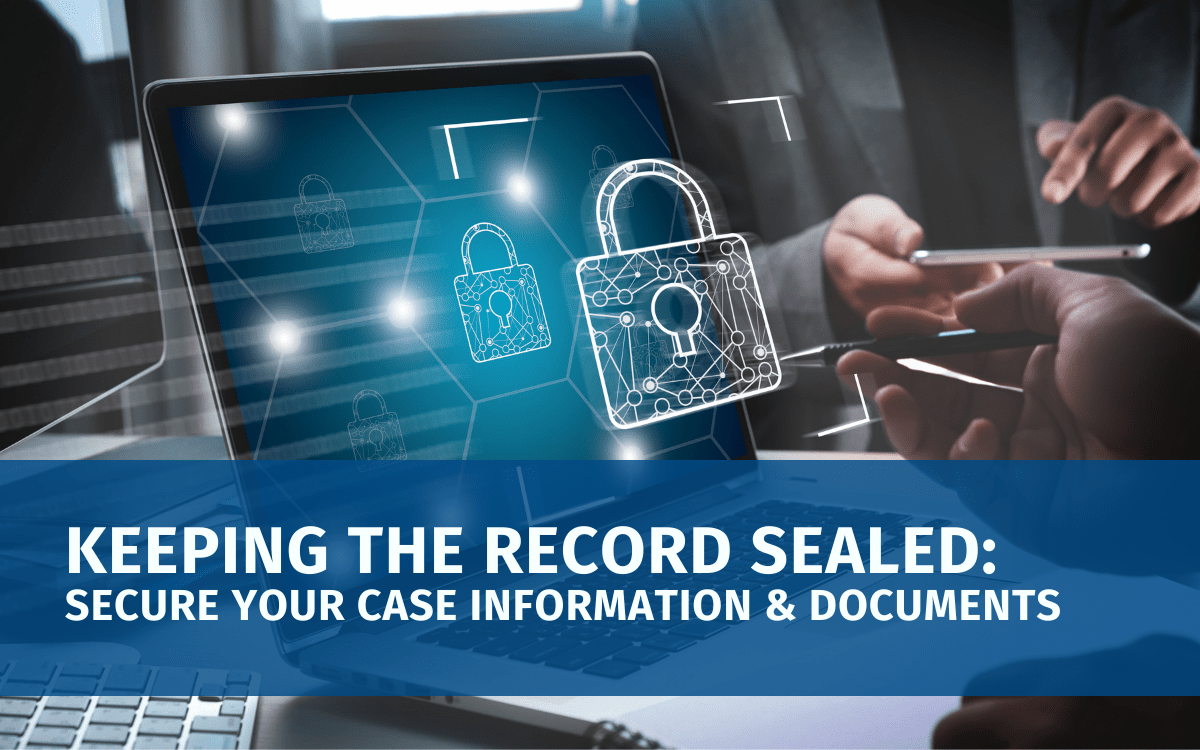What Is a Rough ASCII?
A rough ASCII, also known as an uncertified rough draft, generally refers to an “unofficial” unedited transcript that is provided by the court reporter shortly after the day’s proceedings. So how does it work? The court reporter is “writing” (stroking) verbatim everything that is being said with the use of a computerized stenotype machine that is linked to a laptop computer. The laptop computer is “translating” the reporter’s keystrokes from stenotype into English utilizing computer-aided transcription (CAT) software.
ASCII is an acronym for the term “American Standard Code for Information Interchange,” which is a code for English characters and numbers. Because most computers use this code to store text, it is easily transferred from one computer to the other and is also readable by most computer editing/word processing programs. It is for this reason that a file in ASCII format is a perfect medium for storage and retrieval of the spoken word by court reporters.
What can a lawyer expect from a rough ASCII transcript?
Rough ASCII transcripts often contain words that appear to be incorrect. This is because the computer-aided translation software attempts to match each of the reporter’s keystrokes to the stenographer’s dictionary. Each reporter has his/her own dictionary which is built as a result of the reporter inputting stenotype keystroke combinations and their corresponding English translations into a dictionary. Any keystrokes that the computer cannot “match” to an English word in that dictionary appear on the reporter’s computer screen as “untranslates,” meaning stenotype strokes, or stenotype/English strokes or mistranslates, where the reporter misstroked (mistyped) the spoken word. An example of one such untranslate may be [PWAU/knee], which may be easily read by the reporter as the proper name “Bonnie”; but because that specific keystroke was not programmed into the reporter’s dictionary, it may appear as an untranslate or partially untranslated and partially translated.
An example of a mistranslate may be a proper name. For example, if the proper name “Lucasiewicz” was mentioned during the course of the proceedings, and the name had not been provided in advance, which would have allowed the stenographer to pre-program it into his/her dictionary, it may translate as “Lou cause wits.” Although this may appear to be an error, it is in reality a phonetic translation of the word spoken.
Is there anything counsel can do to get a better rough ASCII, one with fewer untranslates?
- Request a realtime reporter. The National Court Reporters Association recommends that reporters providing rough ASCIIs and realtime write with 98 percent accuracy.
- Provide the court reporting agency with the deposition notice
- Provide the court reporting agency with a list of matter-specific terms
- Provide the court reporting agency with a list of proper names, acronyms or technical terms that may arise
- Provide the court reporter with any reports or documents, included exhibits, that will be referenced during the deposition
Michael Feldman’s blog post on February 2011 provides helpful hints for counsel who would like to receive more readable rough ASCIIs as well as official transcripts.
Rough ASCIIs should not be relied upon as the “official record,” as they have not been certified. Each reporting firm has its own “disclaimer” that accompanies every rough ASCII referencing the unofficial nature of that record and the fact that there may be untranslates, mistranslates and errors in the transcript. The National Court Reporters Association has published guidelines for verbatim reporters to follow in providing counsel with an unofficial transcript. Those guidelines include state that the rough ASCII transcript may not be quoted for any purpose and may not be filed with the Court. The purpose of a rough ASCII is to “aid in the administration of justice,” in that they are a valuable resource for counsel, their support staff, experts and clients throughout discovery and trial.
Read More From Planet Depos

Depositions in the United Kingdom Post-Covid
The United Kingdom is open and depositions are scheduling. Get all the details to schedule in-person and remote depositions in the U.K.
Read Now View Full Post
International Travel Alert! In-Person Depositions Can Resume in Korea
Korea has made it possible for U.S. attorneys to take in-person depositions again. Here is what you need to know to travel to Korea.
Read Now View Full Post
Tips to Help You Handle Workplace Stress
Workplace stress is part of the legal world. Here are some tips to help you manage stress and maintain your health!
Read Now View Full Post
Keeping the Record Sealed: Secure your Case Information and Documents
Court reporting agencies should keep your confidential information sealed. Here are key measures they take to do that.
Read Now View Full PostSchedule a Proceeding Today!
Your remote mediation should be simple, and with Planet Depos yours will be. Schedule today and we’ll get you set up with a Zoom room, a PD Technician, and everything you need to get started.
Schedule now